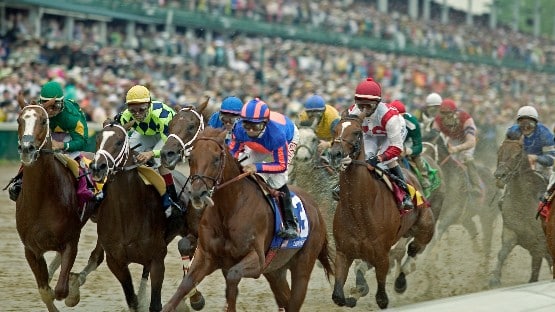
Eleven years ago, most people living in the Shenandoah Valley and Central Virginia had never heard the word derecho – let alone could anyone tell you what it was.
A decade plus later, it’s a word most of us cannot forget.
Today, in fact, thunderstorms in Iowa, northern Missouri, Kentucky and Tennessee may be labeled a derecho.
On June 29, 2012, you may recall, Virginia was facing a record heat wave. Wind kicked up rather quickly, and the high wind made residents think a tornado was in the area, bringing down trees, snapping power lines, ripping roofs off trailers and scattering debris across roadways, making travel treacherous.
The difference between a tornado and derecho, according to Thomas Kines, a senior meteorologist with AccuWeather, is that the damaging winds are straight line winds; they usually do not rotate, and a derecho’s path is usually much larger than that of a single tornado.
“Simply put, a derecho is a line of fast-moving thunderstorms that produce widespread damaging winds,” Kines said. “These storms travel hundreds of miles. Usually, the damaging winds are straight line winds not tornadic winds that rotate but they can be equally destructive. ”
AccuWeather.com reported after the storm that a “super derecho” of violent thunderstorms left a more than 700-mile trail of destruction across the Midwest and Mid-Atlantic, cutting power to millions and killing 15 people in Virginia. The derecho took 12 hours to race from northern Indiana to the southern mid-Atlantic coast.
“Unlike a tornado which affects a very small area, the damaging winds from a derecho affect a large area. These damaging winds can gust over 80 miles per hour. The fact that these storms cause widespread damage is what makes these storms so devastating.”
These storms usually form on the boundary of intense heat and cooler air, Kines said.
“Ahead of these storms back 2012, temperatures were in the lower 90s and the day after the storms, temperatures hit 100 degrees,” Kines recalled. “That was brutal for those folks without power and no air conditioning.”
While derechos are more common in the lower Midwest states, they are quite rare across the mid-Atlantic.
After the 2012 storm, the Virginia Department of Agriculture and Consumer Services designated Albemarle, Nelson and Page counties as primary disaster areas. Amherst, Appomattox, Augusta, Buckingham, Fluvanna, Greene, Louisa, Madison, Orange, Rappahannock, Rockbridge, Rockingham, Shenandoah and Warren counties, as well as the City of Charlottesville received a contiguous disaster declaration.
Related stories
Five-year anniversary of derecho: Reminder to prepare for hurricane season
Virginia receives disaster declarations due to summer derecho
FEMA approves Virginia request for derecho aid










